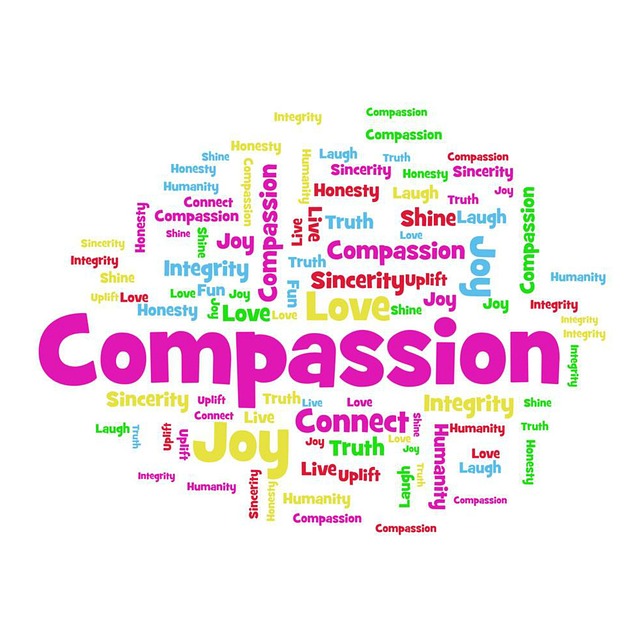In a culminating dialogue during the Science and Wisdom of Emotions Summit, the Dalai Lama, Richard Davidson and Daniel Goleman focused on the nature of happiness and how to be happy in our day to day lives despite the turbulent waves that we may encounter. The Dalai Lama maintained that genuine happiness is closely linked to our mental state. Outside events such as the pandemic, employment situation and political upheaval can affect us but not to the same degree as our minds. We have the capacity to train our minds so that we reduce “destructive emotions” and cultivate constructive/positive emotions.
The impact of destructive emotions
The Dalai Lama spoke of destructive emotions as emotions that harm others or ourselves. They distort our perception of reality and of other people, leading to fractured relationships and unhappiness. The most destructive emotions are those of anger and hatred. Anger, according to the Dalai Lama “robs us of discernment” – because of our distorted perception and emotional inflammation, we are unable to initiate an appropriate response or undertake “wise action”
Destructive emotions unsettle our peace of mind and destroy our equilibrium and sense of ease and tranquility. It destabilises us so that we are unable to think clearly or act skilfully. Resentment, for example, that feeds anger can have its foundation in misperception – not understanding what is happening for the other person or what they intended by their words and/or actions. We can be so preoccupied with our own perceived hurt, that we do not recognise the needs of another. We can end up with a one-track mind, replaying hurtful incidents and fuelling our anger and unhappiness.
The Dalia Lama explained that we have “Three Doors of Action” – speech, body, and mind. We interact with others and the world at large through these three doors. While the mind is preeminent, what we say and how we present ourselves to the world also affect the balance of happiness and unhappiness in our life. Even if our words do not disclose our anger our non-verbal behaviour – such as abruptness, avoidance, or ignoring someone – can betray how we really feel.
The impact of positive emotions
Positive emotions derive from understanding our connectedness to every living thing, especially to other people wherever they are in the world. It means seeing the dignity in every person no matter their beliefs or their actions. The Dalai Lama suggests that when we experience righteous anger over some injustice, acting out that anger through aggression does not respect the inherent goodness and dignity of the other person(s). It only aggravates the situation and leads to a negative cycle of destructive relationships.
He maintains that it is possible and desirable to approach such unjust situations with curiosity and a desire to understand the perspective of the other person, even when you strongly disagree with them. Compassion demands that we recognise that the other person may be acting out of ignorance, inherited bias or past hurt.
Positive emotions lead to harmonious relationships and happiness. They enable us to exercise “patience and forbearance” and to experience joy in our life. If we are considerate and empathetic, we not only help others we also help ourselves. Positive emotions are “grounded in reason” and understanding of our connectedness to everyone, which is increasingly the case in the world today. Destructive emotions, on the other hand, are not grounded in reason and can lead to reactivity and ill-considered responses.
Reflection
We can create or destroy our happiness by our words and actions. If we operate as if our happiness depends solely on ourselves, what we can acquire and how we can control situations and other people, we will find that unhappiness is a constant state for us. On the other hand, if we grow in mindfulness through regular mindfulness practices, we can experience “emotional hygiene” and realise genuine happiness. We can identify when we are emotionally out of balance, have sufficient self-awareness to identify what is happening for us and be in a better position to act skilfully, rather than reactively and injuriously.
___________________________________________
Image by Sasin Tipchai from Pixabay
By Ron Passfield – Copyright (Creative Commons license, Attribution–Non Commercial–No Derivatives)
Disclosure: If you purchase a product through this site, I may earn a commission which will help to pay for the site, the associated Meetup group and the resources to support the blog.


